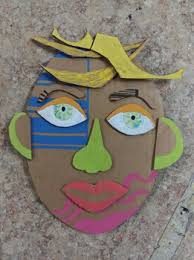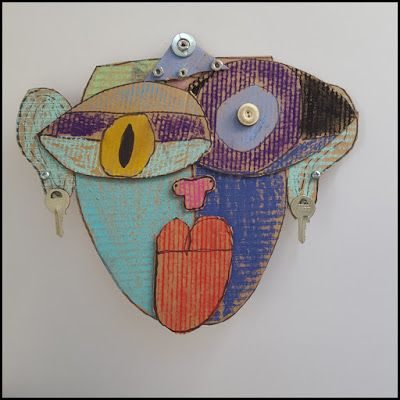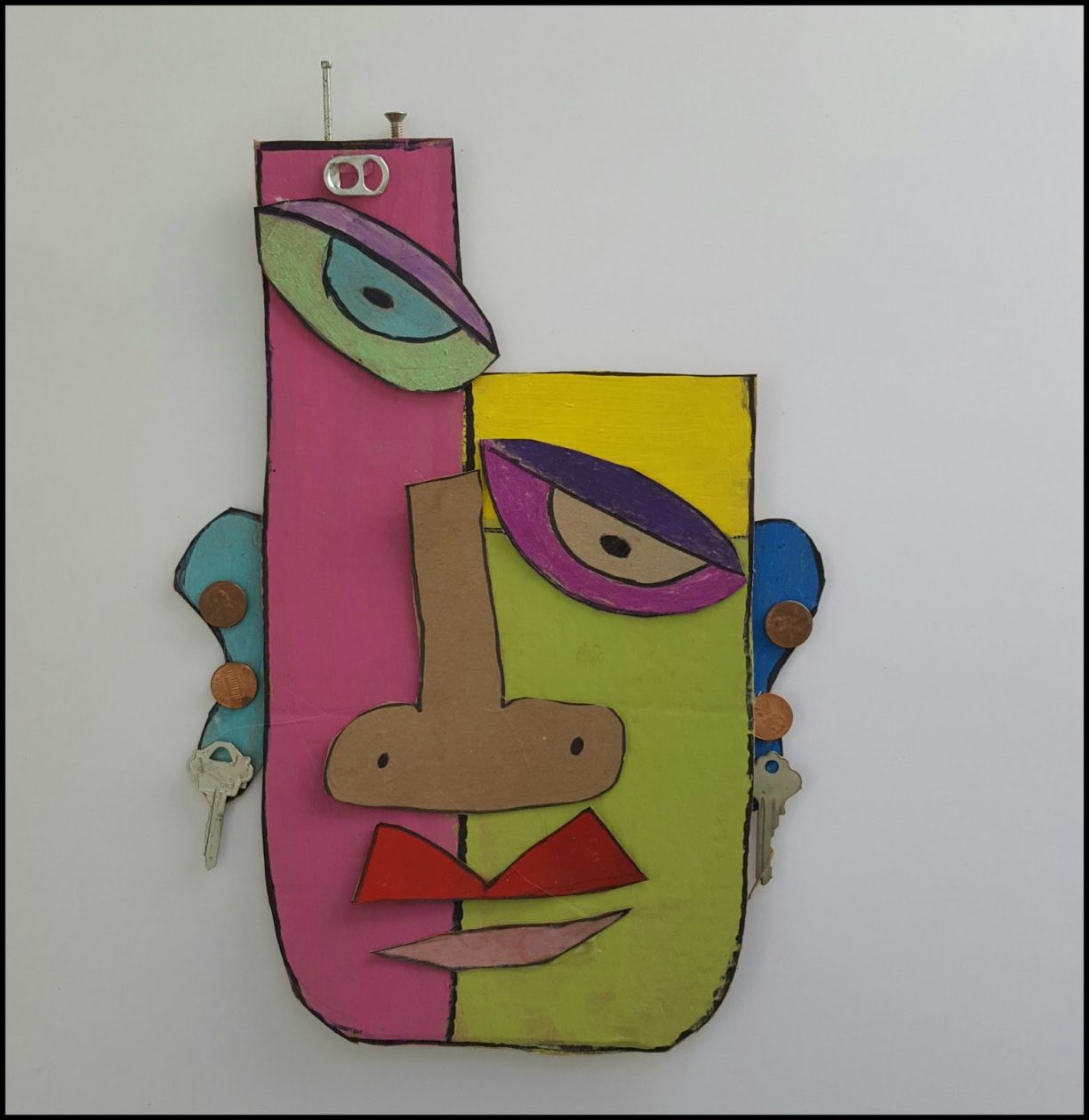Abstract Cardboard Faces




Today (Monday 18th May) is International Museum Day. Museums are located all over the world. They display artefacts and artwork of historical importance.
This afternoon we are going to create a piece of artwork based on a very famous abstract artist, Pablo Picasso. Picasso was most famous for his ‘cubism’ artwork where he would create a picture of an object but make it look like it was cut up and viewed from different angles.
Here you can read some information about Pablo Picasso:
https://www.tate.org.uk/kids/explore/who-is/who-pablo-picasso
Task
Today your task is to try and create a piece of cubism art like Picasso. You could create your artwork based on a self-portrait, a family member or a famous person. For this task you will need scissors, glue and cardboard (I have loads of cardboard in my house from my numerous online deliveries but you could also use paper if no cardboard – it just won’t have the 3D effect but will look great!), and paint/pens for finishing.
The link below is a useful watch to help guide you but you can create your own picture in any way you like. The fun thing about abstract is that it’s not meant to look perfect so the crazier the better!!!
https://www.youtube.com/watch?v=DxtgXg7W4ek
Can’t wait to see the finished results!!





